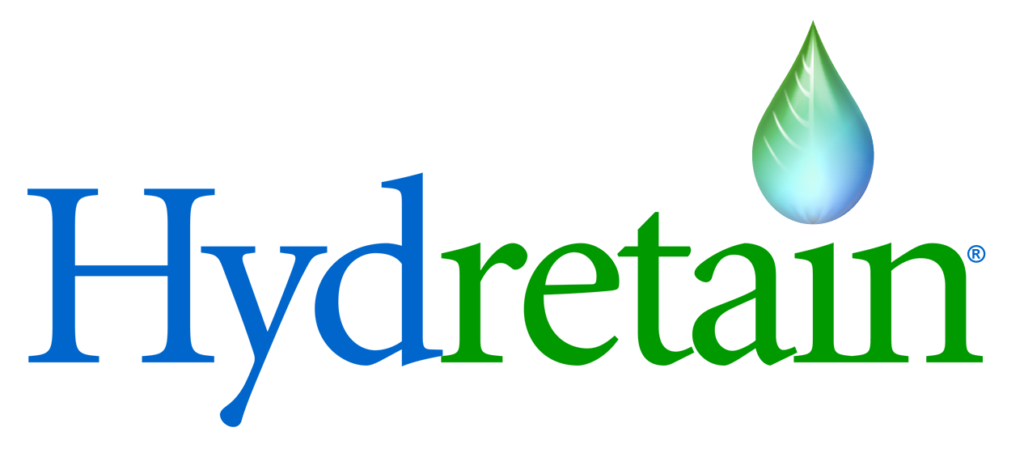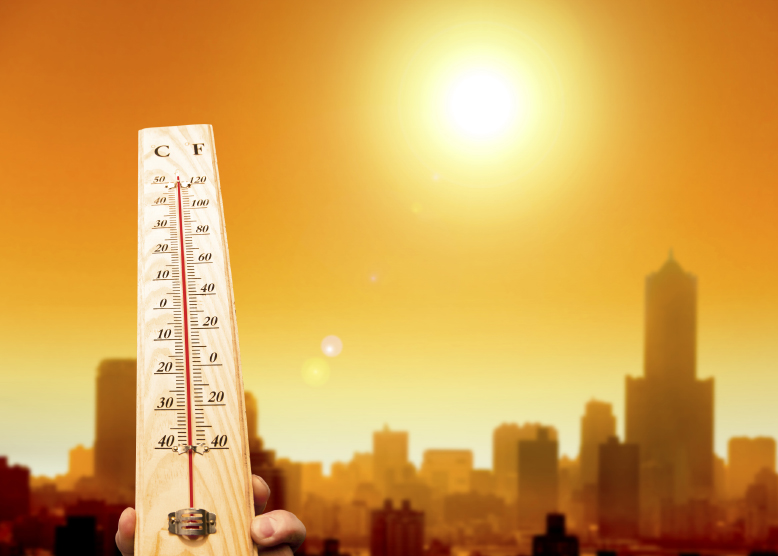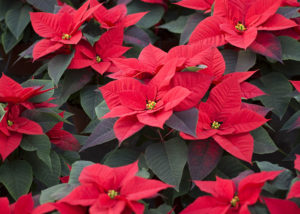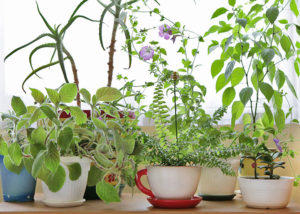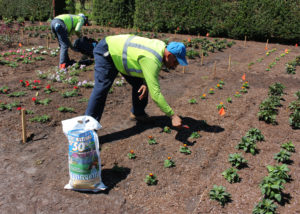Globally, July is considered the hottest month of the year. When the calendar flips to August, the return of school and football season begins to mark our transition into fall. This August, many parts of the Northeast and Midwest saw a welcomed reprieve from the heat, with cooler temperatures setting in over the last couple of weeks, but we’re not out of the woods just yet.
According to the Weather Channel, the remainder of August is expected to be hotter than normal for many parts of the US. As the “dog days of summer” continue across most of the country, it’s important to find ways to keep yourself and landscape plants hydrated. While it’s typically recommended that people seek shade and drink plenty of fluids when temperatures soar, our landscape plants don’t always have the luxury of shade and constant watering can lead to fungus, root rot and other disease issues.
Just like we sweat to stay cool, plants cool themselves naturally through the process of transpiration. During transpiration, plant leaves open their stomata, allowing water to evaporate. When water loss from the plant exceeds the roots ability to absorb moisture, processes like transpiration and photosynthesis will begin to shut down. This occurrence is known as drought stress. As temperatures rise, and plants increase transpiration to stay cool, drought stress becomes more eminent. Left unchecked, drought stress can cause wilting, browning, disease, increased pest pressure and eventual plant death.
So, while you enjoy a cool beverage in the shade consider these tips to reduce drought stress while being careful not to overwater container plants and landscapes:
Mulch & Weed Barriers:
Adding weed barriers or a fresh layer of mulch around gardens and beds is a great way to reduce evaporative loss and keep more moisture in the soil. Weed barriers and mulch can also help shade the soil to keep it cooler than bare soil.
Soil Amendments:
Soil amendments such as compost, biochar, vermiculite, perlite or superabsorbent polymers can be used to increase water holding capacity within the soil. When using soil amendments, be sure to follow the label directions for application volumes – “if a little works, then a lot will work better” is not a good ideology for these or most other landscape products!
Hygroscopic Humectants:
Hydretain® is a unique hygroscopic humectant technology designed condense water vapor in the soil back into plant usable water droplets. By supply plants with more usable water in between waterings and/or rainfall, Hydretain reduces drought stress, delaying wilt and reducing the need for frequent irrigation.
Wetting Agents:
When soils dry out, they often become hydrophobic or water repellent. This can cause water to bead up and run-off or channel through soil along the path of least resistance. Water repellent soil make watering very inefficient. Wetting agents or surfactants can be used to improve the penetration of water down to and through-out the soil.
Root Biostimulants:
Healthy roots provide natural drought and heat resistance. Longer roots are more efficient at seeking available water for plants to use. In addition to encouraging healthy root growth through deep, infrequent watering cycles, root growth can be stimulated through the use of seaweed-derived hormone biostimulants, such as CytoGro Root Hormone Biostimulant
As summer continues its stronghold, using products and cultural practices to keep plants hydrated is a great way to ensure that they stay healthy and beautiful well into the fall.
